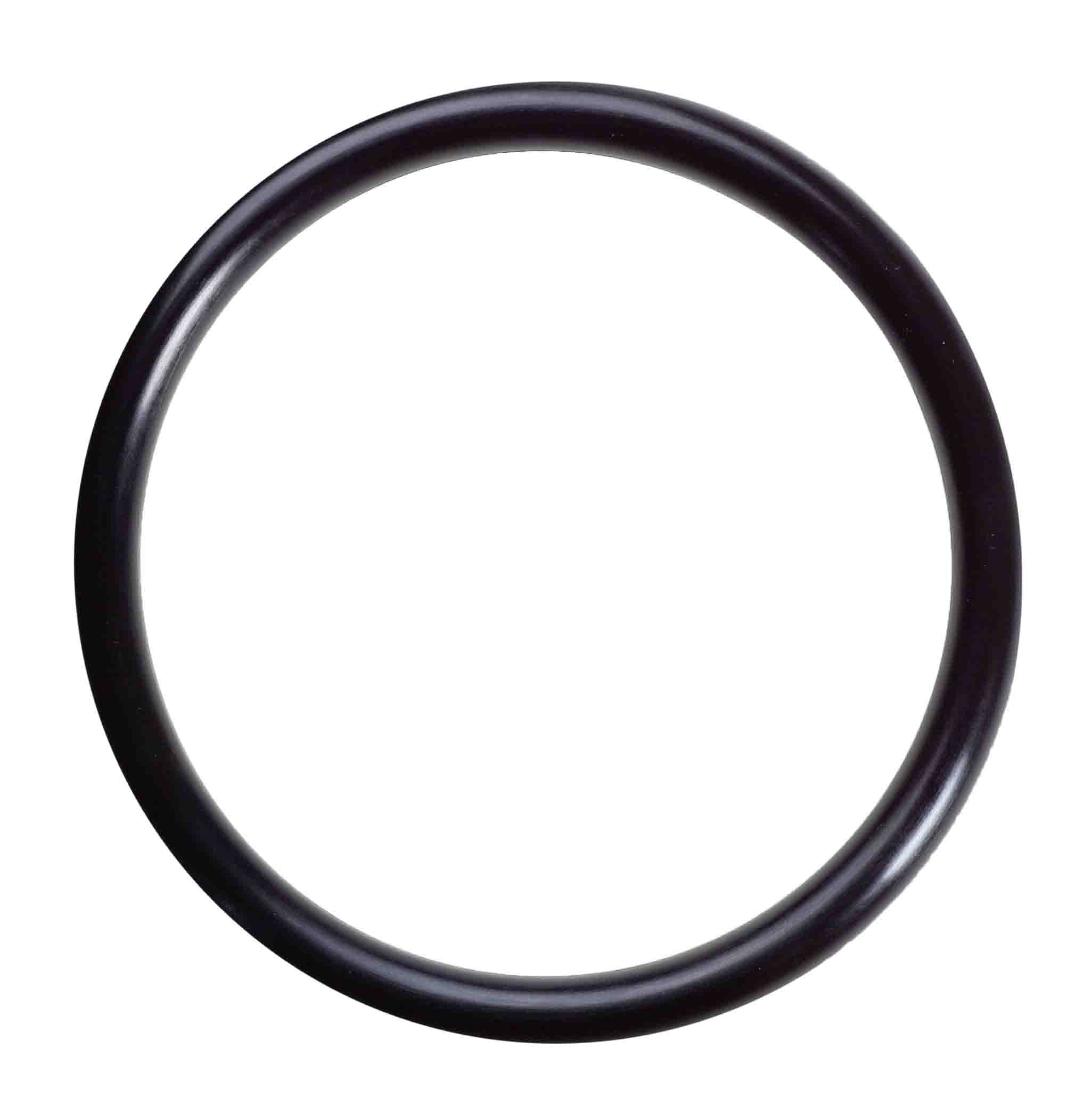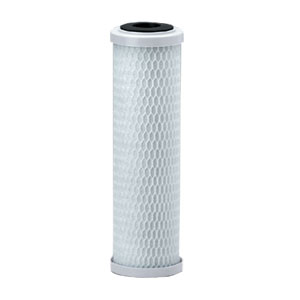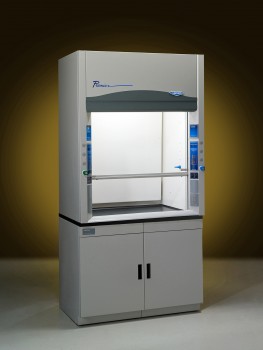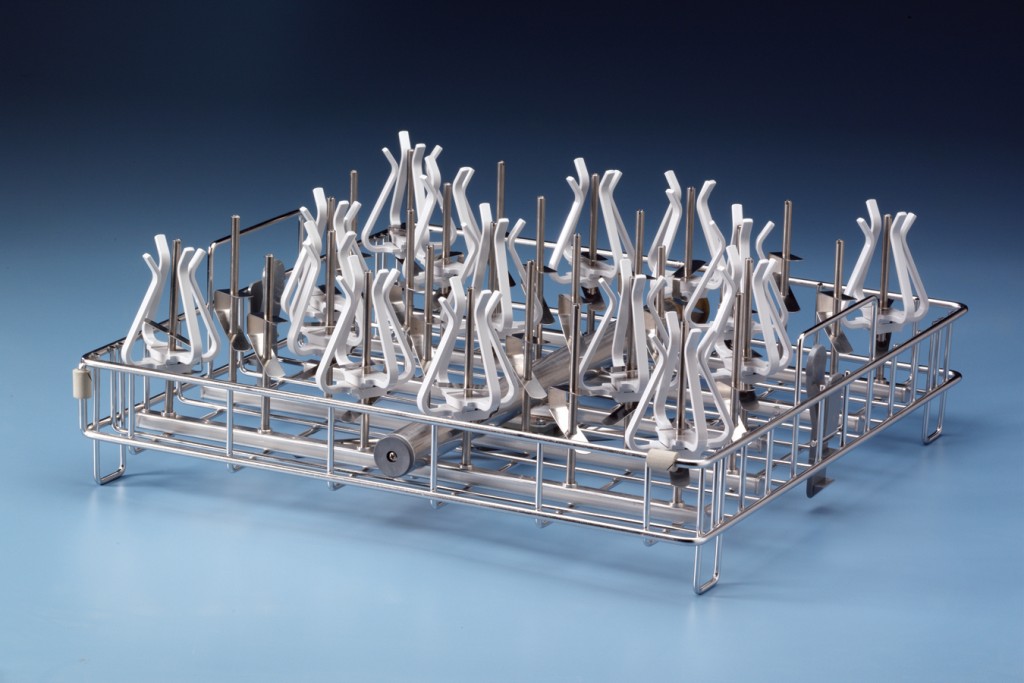|
Celebrating 34 years providing high quality products and advice.
|
| Our Local Time Is 4:16:47 AM. |
| Call us at 818-786-0600. We are here to help! |
 |
ON SALE NOW
Introducing the Polaris Lab Water Systems
High Purity Water Made In The USA.
Click here for more info. |
What might be in your drinking water water and how to treat it
Also See :
What's in your water and is is harmful.
Chemical Properties of water
Turbidity
Caused by the presence of suspended matter such as clay, silt, and fine particles of organic and inorganic matter, plankton, and other microscopic organisms. A measure how much light can filter through the water sample.
Objectionable for aesthetic reasons. Indicative of clay or other inert suspended particles in drinking water. May not adversely affect health but may cause need for additional treatment. Following rainfall, variations in ground-water turbidity may be an indicator of surface contamination.
Treat with :
Particulate Filters
Sand Filters
Screens
Reverse Osmosis
Ultrafiltration
Distillation
Color
Can be caused by decaying leaves, plants, organic matter, copper, iron, and manganese, which may be objectionable. Indicative of large amounts of organic chemicals, inadequate treatment, and high disinfection demand. Potential for production of excess amounts of disinfection byproducts. Suggests that treatment is needed. No health concerns. Aesthetically unpleasing.
Treat with :
Particulate Filters
Ion exchange
Activated Carbon
Chemical Injection
Reverse Osmosis
Distillation
pH
Indicates, by numerical expression, the degree to which water is alkaline or acidic. Represented on a scale of 0-14 where 0 is the most acidic, 14 is the most alkaline, and 7 is neutral. High pH causes a bitter taste; water pipes and water-using appliances become encrusted; depresses the effectiveness of the disinfection of chlorine, thereby causing the need for additional chlorine when pH is high. Low-pH water will corrode or dissolve metals and other substances.
Treat with :
Chemical Injection
Calcite
Acid
Sodium Hydroxide
Corosex
Distillation
Odor
Certain odors may be indicative of organic or non-organic contaminants that originate from municipal or industrial waste discharges or from natural sources.
Treat with :
Activated Carbon
Reverse Osmosis
Distillation
Airation
Taste
Some substances such as certain organic salts produce a taste without an odor and can be evaluated by a taste test. Many other sensations ascribed to the sense of taste actually are odors, even though the sensation is not noticed until the material is taken into the mouth.
Treat with :
Activated Carbon
Reverse Osmosis
Airation
Distillation
http://ga.water.usgs.gov/edu/earthgwquality.html
|
Images are representative of the products. Images may or may not be of the actual product. If it is important e-mail us for an actual image if available.
* Flat Rate UPS shipping when able to ship via UPS and is in the USA excluding Hawaii and Alaska.
Larger Items may not be able to ship via UPS, in that case freight charges will be quoted seperately.
International shipping will be quoted after the order is placed. You will have the opportunity to cancel before we finalize your order.
Terms and conditions
Credit Application
Privacy
Policy
List All Products
|














